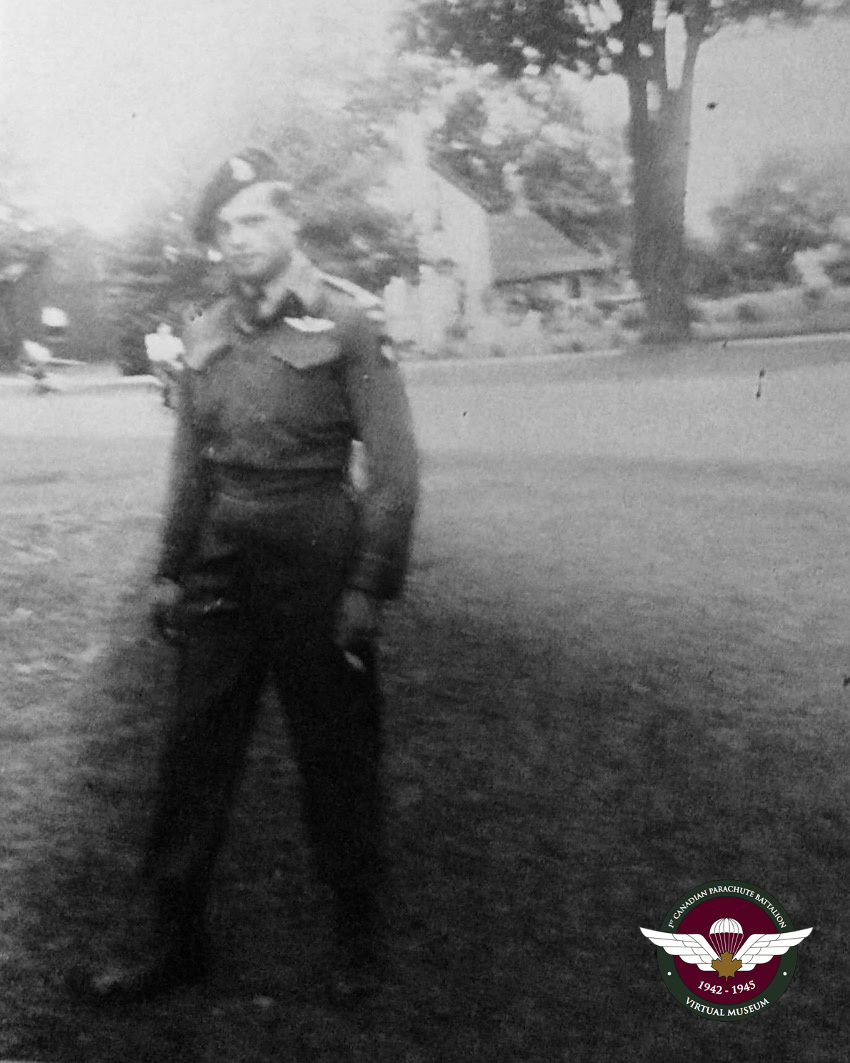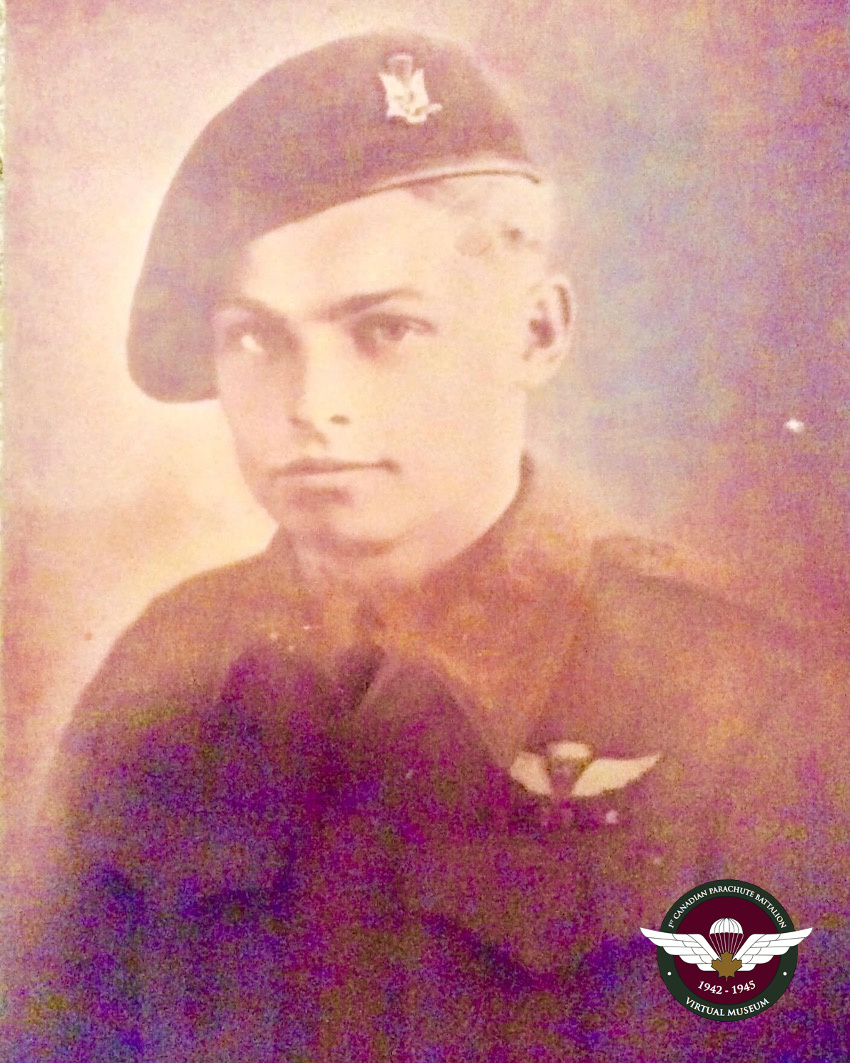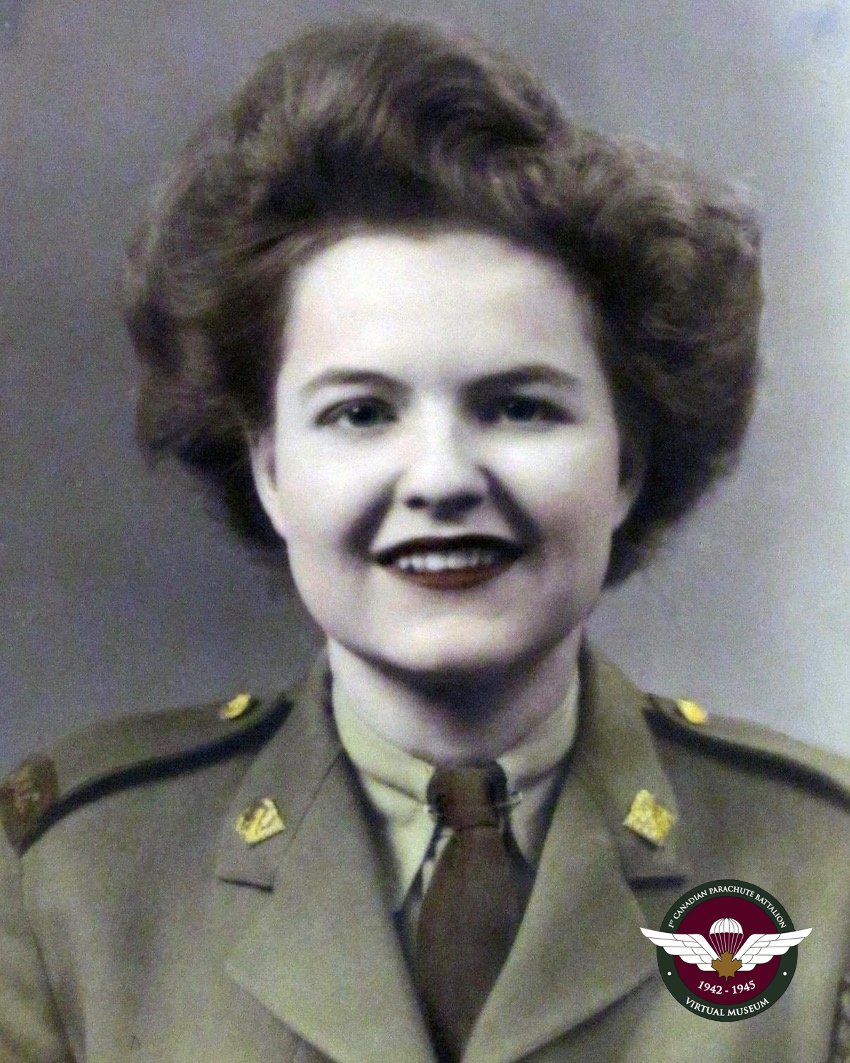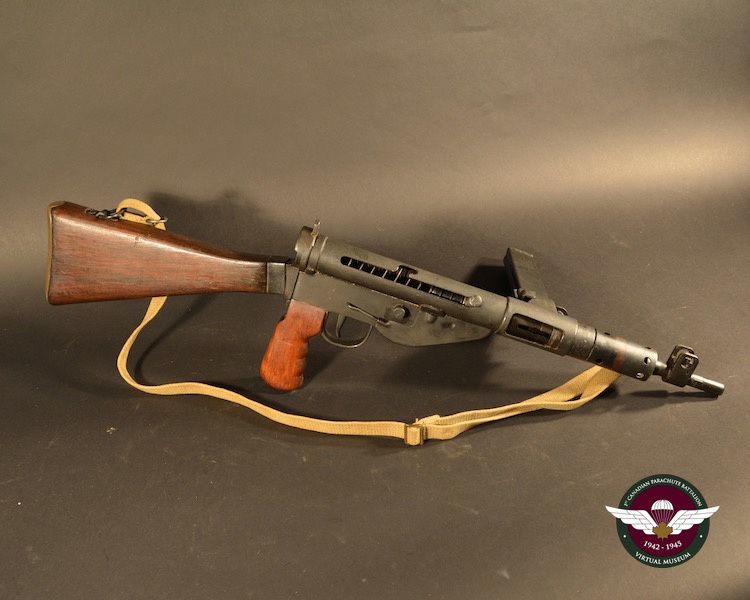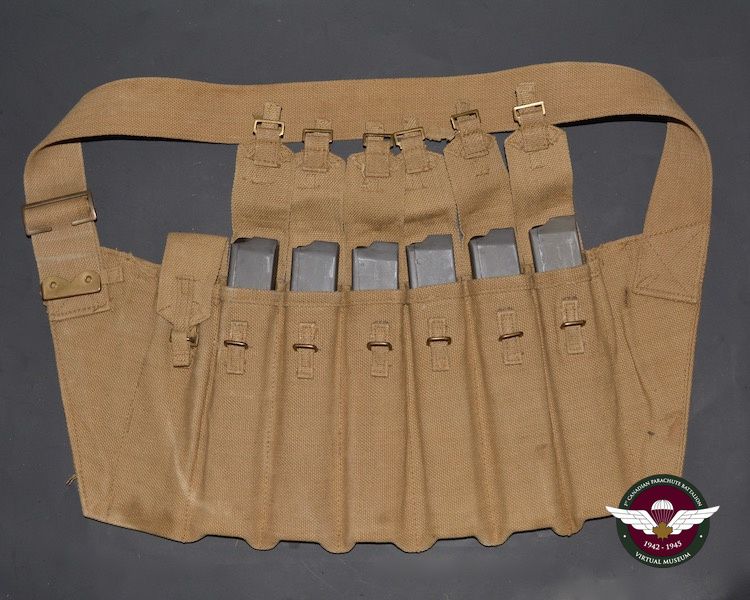Private Victor William Hodge
Victor William Hodge was born on February 24, 1924 to Joseph and Florence Hodge in Bruce Township. He was the eldest of 15 children, from oldest to youngest as follows: Victor, Arthur, Frederick, Grace, Rose, Glen, Albert, Charlie, Marjorie, Helen, Raymond, Donald, Gladys, Carleen and Shirley. He was raised in a very busy home in Port Elgin, Ontario. Victor attended the local school and completed Grade 8 at the age of 13 before he decided to leave school.
Shortly after leaving school, Victor went to work to help support his family financially. He worked several jobs in different fields and acquired many skills. He spent 2 years as a messenger and meat cutter for a butcher shop in Port Elgin, then 6 months at Stephens Hepner Brush and Broom factory as a general labourer in Port Elgin, 6 months as a stone mason, followed by 18 months at B. Greening Wire Company, Hamilton Ontario as a cable splicer, laborer and mechanic.
On March 31, 1943 while World War II was in full momentum, Victor joined the Infantry Corp (R) with the Canadian Army in Toronto, Ontario. After completing his basic training, he made his way to England. He volunteered to become a paratrooper and was sent to Ringway, England for paratrooper training. He received his Parachute wings on October 18, 1943. He joined the 1st Canadian Parachute Battalion to begin training with the 6th Airborne Division in preparation for the next mission. Victor spent time in both B Company and HQ Platoon of the Battalion. Victor’s brother Arthur Wellington Hodge also served with the 1st Canadian Parachute Battalion as part of the training company.
On June, 6, 1944, Victor parachuted into Normandy, France as part of the D-Day invasion and encountered some fierce fighting with enemy forces. Victor would also join the Battalion during the Battle of the Ardennes, better known as the Battle of the Bulge, before returning to England by ship to regroup and train for the next mission. The Battalion participated in Operation Varsity on March 24th, 1945. During this daring daylight operation, Victor parachuted into enemy territory and landed in the Rhine River, rather than on land. This Operation was the largest airborne operation invasion during World War II.
Victor was discharged from the Army to civilian life on June 18, 1946. He relocated to Hamilton, Ontario. He met Doreen Kay, who had served in the Canadian Women’s Army Corp (CWAC) during World War II. They married and had two children, Christopher and Victoria. Tragically, Victoria passed away at age sixteen. The family resided in Hamilton, Ontario for many years. Victor primarily worked in the insulation business. Later, the family moved to Meaford, Ontario, and then to Owen Sound, Ontario, where he worked at Hobart Food Equipment. They also had a little hobby farm.
Victor passed away in 1982 of asbestosis of the lungs. They believe working in the insulation business is where he developed his asbestos poisoning. He was laid to rest at Chapel Hill Memorial Gardens in Hamilton.
If you have taken the time to read about Victor William Hodge, then you have kept his memory alive.
Information and pictures courtesy of Barbara DeBoer
Sten MkV
Private Hodge would have carried a Sten MkV submachine gun overseas, similar to the one shown below. The Sten can be found in several models, the one pictured here is a Sten MKV, produced for the Paratroopers. It was an inexpensive firearm to produce, costing less than $10.00 per unit. It chambered a 9mm cartridge with a firing rate of 550 rounds per minute and an effective range of 100 yards. Also shown is a magazine pouch or bandolier that allowed a soldier to carry additional 30-round magazines. Courtesy of Collectors Source.
